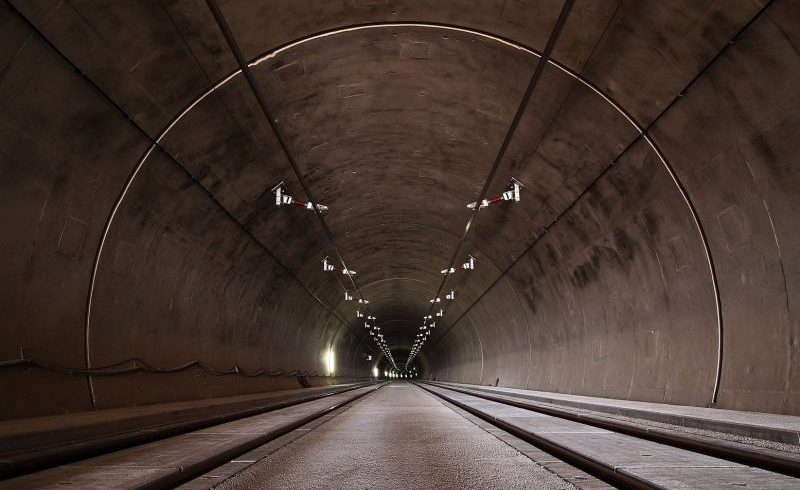A landmark underwater rail tunnel project connecting two continents has entered a crucial new phase as engineering feasibility studies commence, marking a historic step in Mediterranean infrastructure development. The ambitious infrastructure project, which will link Morocco and Spain through the Strait of Gibraltar, has selected a world-leading tunneling technology firm, Herrenknecht Iberica, to conduct the feasibility study for this underwater railway infrastructure in addition to other comprehensive technical and logistical assessments, bringing decades of expertise to this unprecedented engineering challenge.
Herrenknecht Iberica is a subsidiary of the German company Herrenknecht, one of the global leaders in tunnel boring machine constructio.
The news was reported by London-based media outlet Arabian Gulf Business Insight, which quoted the spokesperson for the German group.
The 42-kilometer connection, including 27.8 kilometers underwater, will establish a vital transportation link between Cadiz province and Tangier, fundamentally transforming trade routes between Europe and Africa. The project aims to significantly enhance freight and passenger movement between North Africa and Europe, with projected annual capacities exceeding 13 million tons of cargo and 12.8 million passengers, making it one of the most significant infrastructure projects of the 21st century.
Engineering experts emphasize the project’s complexity, noting the unique challenges posed by the strait’s depth, strong currents, and geological composition. The selected technology firm brings extensive experience in similar underwater projects, though none quite matching the scale and complexity of this undertaking.
Recent developments include the deployment of sophisticated underwater seismometers, capable of operating at depths up to 6,000 meters, to analyze seismic activity in the strait. This $500,000 investment in monitoring equipment will provide crucial data for the tunnel’s construction, ensuring the highest safety standards and optimal routing through the complex underwater terrain.
The connection points are planned for Punta Paloma in Tarifa and Malabata in Tangier Bay, creating a strategic transport corridor that promises to revolutionize cross-continental travel and commerce. The tunnel’s design incorporates state-of-the-art safety features and ventilation systems, setting new standards for underwater infrastructure projects.
Economic analysts predict the tunnel will significantly boost trade relations between Europe and Africa, reducing transportation costs and times while providing a reliable alternative to maritime shipping. Environmental studies suggest the tunnel could contribute to reduced carbon emissions by shifting freight traffic from ships and planes to rail transport.
The project represents a significant step forward in Mediterranean infrastructure development and international cooperation, building on decades of preliminary studies and technological advancements. As feasibility studies progress, stakeholders remain optimistic about overcoming the technical challenges and creating a lasting legacy of cross-continental connection.
